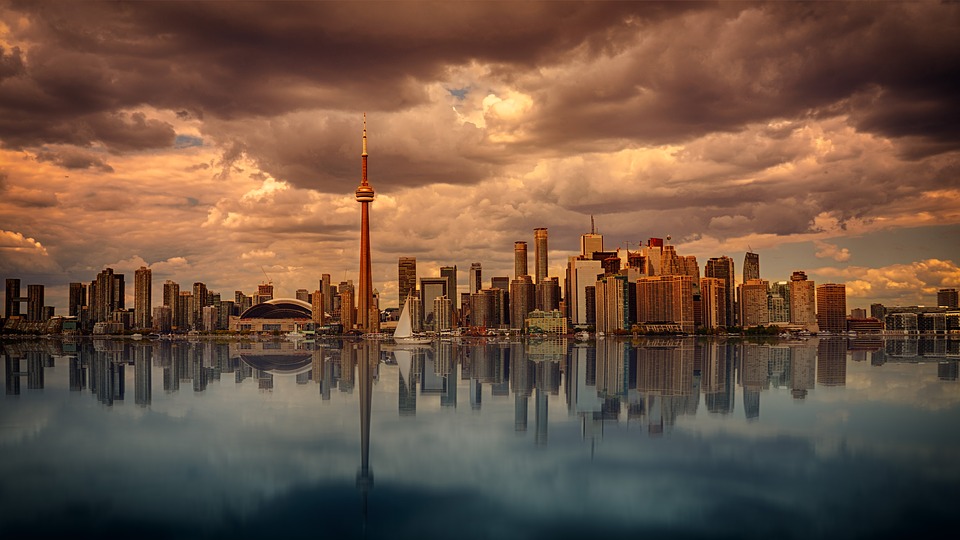
Historical and Geographic Facts About Canada
Did you know that the country of Canada is so large? Its sparse population has contributed to the sense of national identity. In 1837, Irish writer Anna Brownell Jameson travelled across central Ontario and noted the seemingly endless line of trees in front of him, the boundless wilderness surrounding him, and the mystery of the depths within the multitune foliage. She was impressed by the solitude she encountered during her travels.
A major part of Canada is water. Canada boasts five Great Lakes, which contain more than two percent of the world’s fresh water. They form the border with the United States, and they include Lake Superior, Lake Huron, and Lake Ontario. The water in the Great Lakes mixes with oceanic water near the Ile d’Orleans, which forms the largest estuary in the world. The Great Bear and Slave Lakes are also located in Canada.
There are also four provinces on the Atlantic coast, known as the Appalachian region. These include the province of Newfoundland, the province of Prince Edward Island, and Nova Scotia. The Atlantic provinces are characterized by forested interiors and steep cliffs. The Appalachian Mountain Range extends into northern New Brunswick and Newfoundland. Although the provinces of Atlantic Canada are largely forested, they are also home to diverse wildlife.
As mentioned above, Canada is the largest country in North America and has extensive geographical features. The country’s scenery is breathtaking and its rivers are world-famous. In fact, many of them are designated as Heritage Rivers. Some rivers in Canada have a fascinating background. The country is also divided into 10 provinces, resulting in an extensive geography. The country’s population is approximately 33.4 million people. The country is home to the Appalachian Mountains, a hilly region containing some of the oldest rocks on Earth.
Laurentian shield in Canada
The population of Canada is predominantly urbanized in the north, though the north is more mountainous than the south. The country’s northern border contains many islands surrounded by the Arctic Ocean. This is a unique feature of Canada. In addition to its vast geographical features, Canada also has a distinct human geography, which is the study of how humans have altered the landscape. For example, cities and human settlements have shaped the country’s land.
A rocky formation called the Laurentian shield covers about half of the country, including the Atlantic and the St. Lawrence rivers. This rock formation forms a giant collar around Hudson Bay and stretches up to the Mackenzie River. It is also responsible for the creation of the Thousand Islands. Regardless of its age, the Laurentian shield is a fascinating geological site to visit. With so many fossils, it is not surprising that scientists have studied the cliffs.
The Canadian Shield is a rich geological region that contains some of the world’s oldest known rocks. The northern part of the country is cold and unlivable, while the southern portion is more temperate. Canada’s vast geographic diversity features a multitude of landscapes ranging from lush green valleys to dry deserts. The country also contains a vast number of lakes. There is no other country like it in the world.